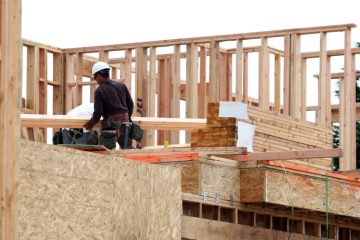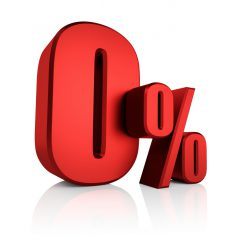Number of Homebuyers at Highest Level for 13 Years in December
The average number of prospective homebuyers registered per estate agency branch was at the highest level for 13 years in December, according to the latest Housing Market Report from the National Association of Estate Agents (NAEA).
The group’s December study also found that the highest number of sales to first time buyers since 2001 was recorded last month.

Number of Homebuyers at Highest Level for 13 Years in December
The NAEA’s data shows that although the amount of homes available to buy rose marginally in December, the number of sales agreed fell by a quarter on a monthly basis.
Homebuyer demand
Last month, the amount of house hunters increased to the highest level seen since 2003 for the month of December.
The average number of prospective homebuyers registered per NAEA member branch stood at 386 in December, up by 12% on November’s figure of 344.
First time buyer sales
In December, a third (32%) of sales were made to first time buyers – the highest number for the month of December since 2001, when it was also 32%.
This is up by 10% on November last year, when 29% of sales were made to these buyers.
Property supply and sales agreed
The amount of properties available to buy on estate agents’ books in December stood at an average of 41 – up marginally from November, when there were 39.
Despite an increase in supply and demand, the number of sales agreed fell by a quarter (25%) on November, from an average of eight per branch to six.
The Managing Director of the NAEA, Mark Hayward, comments on the report: “In November, we saw a seasonal slowdown; typically it’s uncommon for people to buy and move close to Christmas. Yet, our December findings have completely bucked this seasonal trend. With demand at an all-time December high and sales to first time buyers at their highest on record, 2016 closed on a positive note following several months of uncertainty.
“However, despite an encouraging December, there remains a clear shortage of homes. We await the Government’s Housing White Paper to see how it intends to tackle this, and hope the market continues to improve for both buyers and sellers.”
While property market experts insist that the Government must do more to tackle the housing crisis, one investor and lender believes that small-scale developers are critical in supplying much-needed homes.










